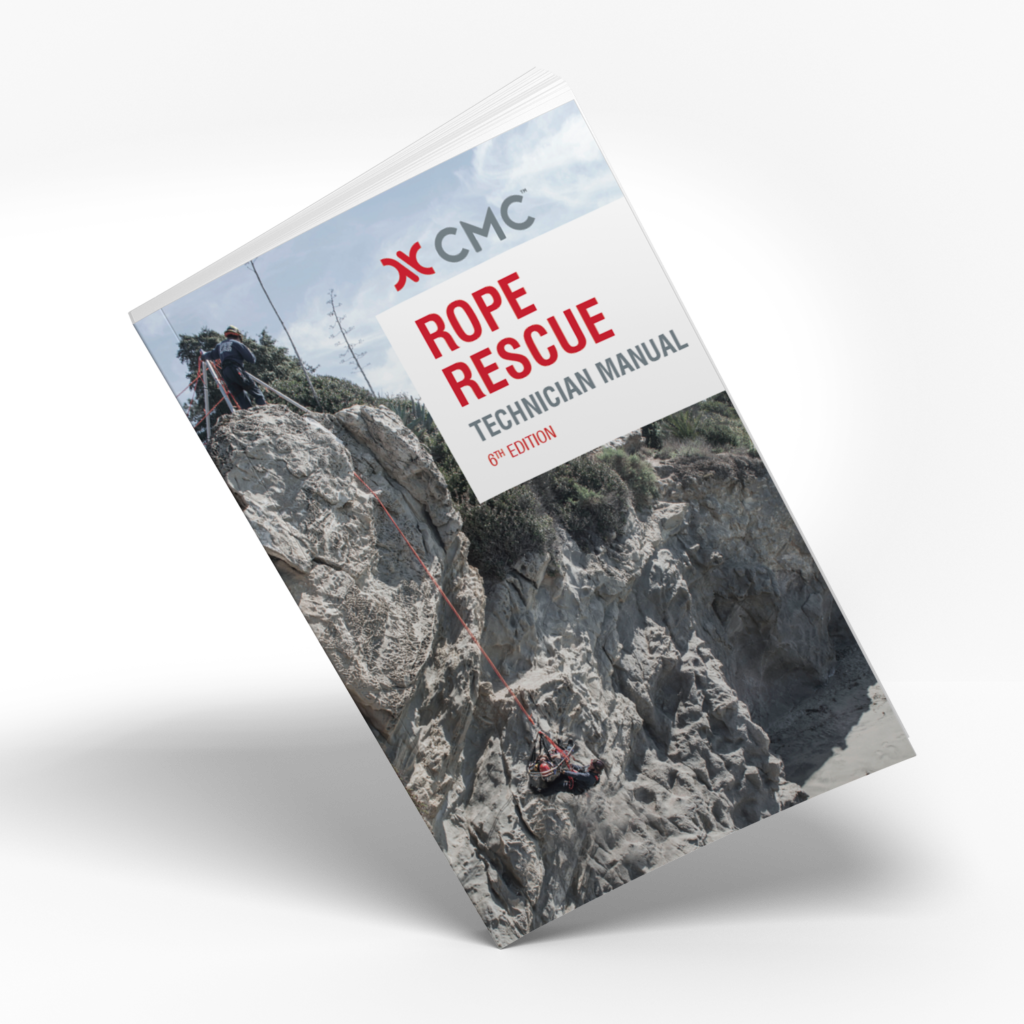
Use the ratio indicated by the product manufacturer. Soak the rope for approximately 30 minutes in a tub of warm water and mild detergent that is safe for nylon and polyester (Woolite® or equal).
 Rinse off any excess dirt using clean water from a hose. CMC recommends the following washing procedures. After the equipment has been cleaned, remember to re-label it as necessary and enter the date, cleaning method, and inspection data into a log. CleaningĪll rope rescue and access equipment should be kept clean and free of dirt and grit to prevent wear that will reduce the strength, effectiveness, and service life. Inspect equipment carefully and give strong consideration to replacement. We define cleaning as removing dirt, grime, and minor oxidation transfer while decontaminating is intended to neutralize viruses, bacteria, and other pathogens.Īlways refer to department guidelines and regulatory guidance for best practices. While our book selection reflects the leading authorities and most popular texts, as with all publications, recent developments in equipment and practices may not be included.CMC is issuing the following updated recommendations on how to clean and decontaminate life safety equipment. Please Note: CMC recognizes that there are many different techniques in rescue. However, there is no substitute for proper training and time in the field for gaining the skills needed to provide safe and effective emergency assistance. We have compiled an outstanding selection of books on rescue. Printed in the USA on FSC certified paper.Ĭlick here for blank sheets of the T-Method practice found on pages 349-350 of Revised Fifth Edition of the CMC Rope Rescue Manual. User information for the new 3D descent control device. Revised techniques for belaying with the MPD. Updated discussions of main/belay and twin-tension systems. Tests of contamination on polyester ropes added – full ITRS report. Enlarged step-by-step illustrations in the Rope Access chapter. New chapter on life safety equipment testing. Terminal Learning Objectives and Enabling Learning Objectives added to each chapter. More than 240 illustrations and photos take you step-by-step through lowering and raising systems, mechanical advantage, and rappel based rescues.
Rinse off any excess dirt using clean water from a hose. CMC recommends the following washing procedures. After the equipment has been cleaned, remember to re-label it as necessary and enter the date, cleaning method, and inspection data into a log. CleaningĪll rope rescue and access equipment should be kept clean and free of dirt and grit to prevent wear that will reduce the strength, effectiveness, and service life. Inspect equipment carefully and give strong consideration to replacement. We define cleaning as removing dirt, grime, and minor oxidation transfer while decontaminating is intended to neutralize viruses, bacteria, and other pathogens.Īlways refer to department guidelines and regulatory guidance for best practices. While our book selection reflects the leading authorities and most popular texts, as with all publications, recent developments in equipment and practices may not be included.CMC is issuing the following updated recommendations on how to clean and decontaminate life safety equipment. Please Note: CMC recognizes that there are many different techniques in rescue. However, there is no substitute for proper training and time in the field for gaining the skills needed to provide safe and effective emergency assistance. We have compiled an outstanding selection of books on rescue. Printed in the USA on FSC certified paper.Ĭlick here for blank sheets of the T-Method practice found on pages 349-350 of Revised Fifth Edition of the CMC Rope Rescue Manual. User information for the new 3D descent control device. Revised techniques for belaying with the MPD. Updated discussions of main/belay and twin-tension systems. Tests of contamination on polyester ropes added – full ITRS report. Enlarged step-by-step illustrations in the Rope Access chapter. New chapter on life safety equipment testing. Terminal Learning Objectives and Enabling Learning Objectives added to each chapter. More than 240 illustrations and photos take you step-by-step through lowering and raising systems, mechanical advantage, and rappel based rescues. 
Topics include safety, equipment, rappelling, pick-offs, litter evacuations, patient packaging, improvised high anchor points, and organizing the response. The extensive use of illustrations and step-by-step procedures help the reader to develop or expand rope rescue knowledge and skills. Now in its revised fifth edition, the manual has been updated to include the most current products and techniques. The manual reflects what we have learned through more than 39 years of responding to rescues and teaching thousands of students. With more than 75,000 copies sold, the CMC Rope Rescue Manual has become the standard reference for many departments and rope rescue training programs.






 0 kommentar(er)
0 kommentar(er)
